Complete Story
09/28/2023
CGS Reconsiders Local Coverage Determination on Skin Substitutes
A CGS Local Coverage Determination (LCD) that would have placed new limits on the use of skin substitutes for the treatment of diabetic foot ulcers and venous leg ulcers will not be implemented.
CMS announced September 28 the troublesome LCD will be shelved and a new proposed LCD will be published for comment and presented in an open meeting in the near future.
The announcement comes after objections from podiatrists and other wound care providers that the policy would have interrupted critical patient care and is not backed by science.
The withdrawn LCD stated “greater than four applications of a skin substitute graft or cellular and/or tissue-based products (CTP) within the episode of skin replacement surgery (defined as 12 weeks from the first application of a skin substitute graft or CTP)” are “not medically reasonable and necessary.”
The American Podiatric Medical Association (APMA) submitted a letter, endorsed by OHFAMA, in November 2022 outlining concerns with aspects of the proposed LCD.
In the letter, APMA underscored the medical, social, psychological, and financial burdens that chronic wounds present for patients and healthcare systems, and took exception to limitations on the number of applications of CTPs, required use of RT or LT Modifier, and the incomplete set of included ICD-10 codes.
Then-APMA President Laura Pickard, DPM, strongly objected to CGS’ position that more than four applications of a skin substitute graft or CTP within the episode of skin replacement surgery are “not medically reasonable and necessary.”
“This is a dangerous proposal that is not rooted in science, not supported by peer-reviewed literature, and would certainly lead to poor outcomes for our patients and CGS beneficiaries, in addition to increased costs for CGS,” said Pickard. “In many cases, this limitation would not allow our providers to follow the guidance of peer-reviewed literature, address these pathologies with evidence-based treatments, fulfill their oaths, and provide advanced care options.”
APMA presented several peer-reviewed scientific papers to support our argument and requested CGS maintain the current CGS limit of 10 applications.
“The robust body of evidence supports the need for more than four applications of a specific skin substitute graft product within many episodes of skin replacement surgery for wound care and refutes the proposal that more than four applications of a specific skin substitute graft product within the episode of skin replacement surgery for wound care is never medically reasonable or necessary,” said Pickard.
Despite the compelling evidence provided by APMA and OHFAMA, CGS incorporated the limitations on the number of applications of CTPs and the required use of RT or LT Modifier in its LCD.
The LCD, which was originally supposed to be implemented September 17, was delayed to October 1 before the September 28 announcement a new LCD will be developed and presented for public comment.
OHFAMA and APMA will continue to monitor this situation and provide comments to CGS, which covers Ohio and Kentucky.


